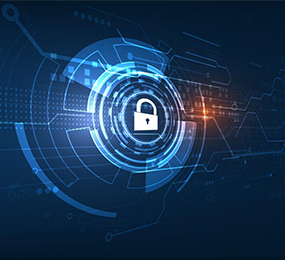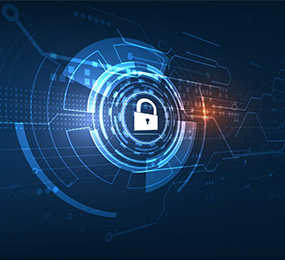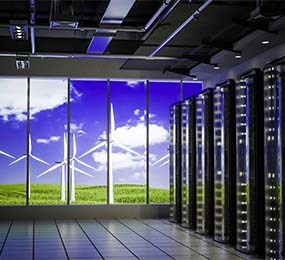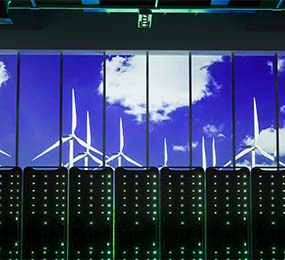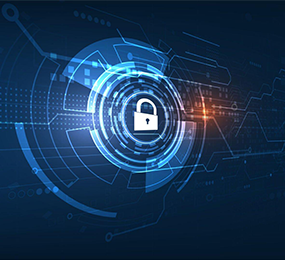Challenges and Opportunities of Securing Digital Infrastructure for Renewable Energy
Digitalization is critical for integrating renewables into electrical systems, enhancing power grid dependability, and lowering the cost of access to electricity, all of which contribute to a more just and equitable energy transition. Digitalization provides a chance to use current data to place sustainable energy where it is needed. Theoretical advantages are widely recognized. However, real pilots are required to quantify the effects of policies aimed at digitalizing demand and uncover technological and behavioral barriers.
What is the significance of better digital infrastructure?
Digitalization is comprised of three major components:
• Increasing the availability of a comprehensive dataset as well as connectivity that allows for the exchange of massive volumes of data.
• Making data analytics easier in order to extract relevant information.
• Encouraging data-driven decision making, which may be aided further by enhanced controls and automation.
Advanced digitalization applications may open up various potential for the energy sector:
• Improved system functioning through the use of modern measuring and monitoring technologies.
• Better forecasting and predictive maintenance.
• Opportunities on the demand side.
• Reducing cyber security risks.
The challenges and advantages of digital revolution in renewable energy
Digitization, when carried out in accordance with a well-planned strategy and directed by an integrated operations platform, improves the integration of renewable energies, energy policies, and transparency in their administration. Furthermore, it allows the user to be much more connected, providing the following benefits:
• Digitalization tools and platforms assist in the construction of renewable energy facilities with automated processes, allowing for informed decision making. In addition, the links they propose constitute the basis for a more distributed generation, thereby avoiding isolated 'energy islands'.
• These solutions decrease downtime by providing predictive maintenance warnings that anticipate equipment repair. Modernization of manufacturing plants is required to make them more competitive and efficient.
• They provide a more accurate prediction of weather and market circumstances, which helps to maximize renewable output by providing a detailed analysis of all information received in real time, allowing decision-making and demand stability.
• Using artificial intelligence and machine learning to optimize the designing and construction of new renewable sources and plants shortens time to market, anticipates the advantages of free CO2 generation, and increases output.
Visit our website to know more: https://bit.ly/3V0WLbF
For more information and group participation, contact us: [email protected]
Leadvent Group - Industry Leading Events for Business Leaders!


